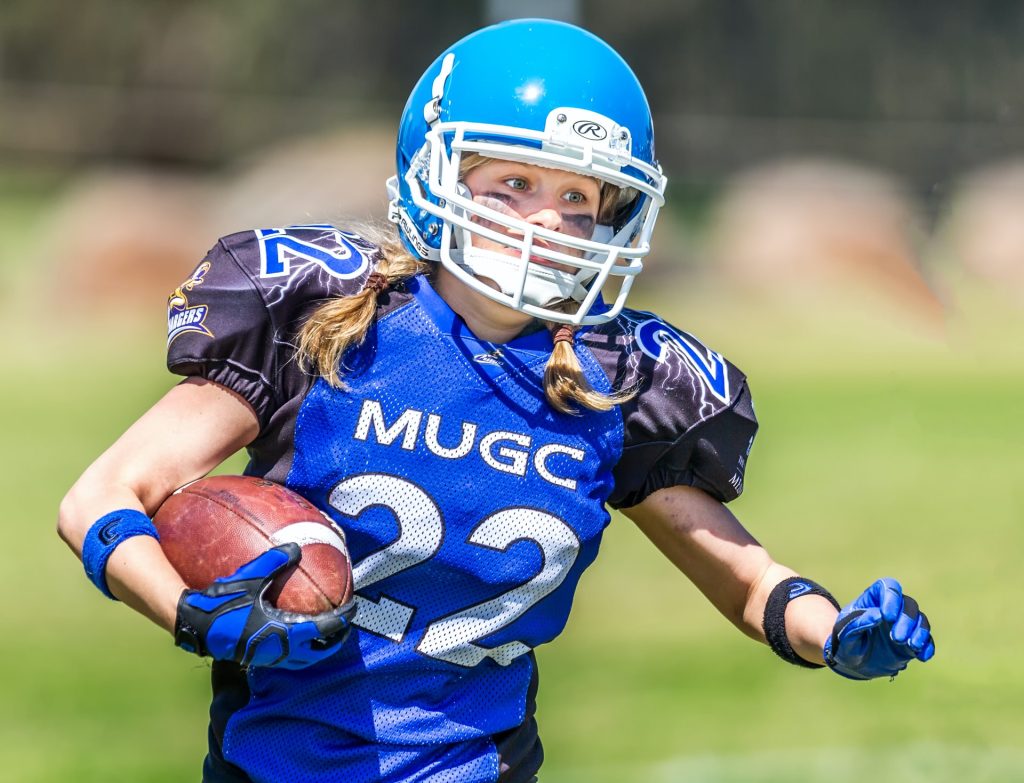Sports Concussions Increase the Risk of Being Re-injured

Concussions are commonplace in contact sports at junior and senior levels. Now, the investigators of a study published in the Journal of Science and Medicine in Sport are suggesting extended recovery times may be needed for youth athletes suffering from head trauma. The new research shows a concussion can increase future injury risk by 50%.
The world-first study from the University of South Australia tracked and evaluated the long-term impact of concussion and subsequent injury risk of 1455 sub-elite junior Australian rules football players.
This builds on previous UniSA research that found an approximate 1.5-fold increased risk of injury of sub-elite Australian rules football players returning from an injury, compared to those with no injury.
Tracking injuries over a seven-season period, researchers found that football players who suffered a concussion were also about 1.5 times more likely to be reinjured in the future when compared to players who had never been injured. This increased risk was the same as players returning from upper and lower limb injuries.
The finding comes ahead of the Australian Senate’s report into concussion injuries, and follows the AFL’s announcement for a $25 million study into the long-term effects of concussions and head knocks.
In the AFL, concussions are one of the most common injuries, with an average of six concussions every 1000 hours played, which involve around 70 to 80 male players every year.
In junior elite football as well as AFL and AFLW, the guidelines for concussion say that the earliest a player can return to play post-concussion is 12 days after the injury, after following the graded progression through a return-to-play program.
Lead researcher, UniSA’s Dr Hunter Bennett, says the significant and elevated risk of injury after a concussion may suggest a longer recovery time is required for some players to better recover before returning to play.
“The current recommendation of 12 days post-concussion may not be sufficient to allow full recovery in elite under-18 footballers,” Dr Bennett says.
It may also indicate that the physical qualities impacted by concussion should be assessed more thoroughly before an athlete is cleared to return to the sport.
“Concussion is a common injury in Australian rules football that can lead to impairments in balance, coordination, reaction time, and decision making – and these impairments can increase the risk of other injuries if an athlete returns to play before being fully recovered.”
A recent consensus statement on concussion in sport also indicates that children and teenagers may take up to four-weeks to recover from a sport related concussion.
“Concussions are a unique injury that occur without muscle tissue damage, instead impacting aspects of motor control,” Dr Bennett says.
“Recurrent injuries can significantly impact team success, player health, and career longevity.
“In elite sports, there is the potential for young athletes to overplay their readiness to return to sport after an injury, as they worry that missing games can exclude them from senior drafting or competition.
“When we know that athletes have a greater risk of another injury post a concussion, it suggests we need unique and careful rehabilitation strategies to monitor when an athlete is fully recovered and ready to return to play.”
Researchers say that future research should seek to identify optimal rehabilitation and injury prevention strategies for athletes who suffer from concussions.
Source: University of South Australia


